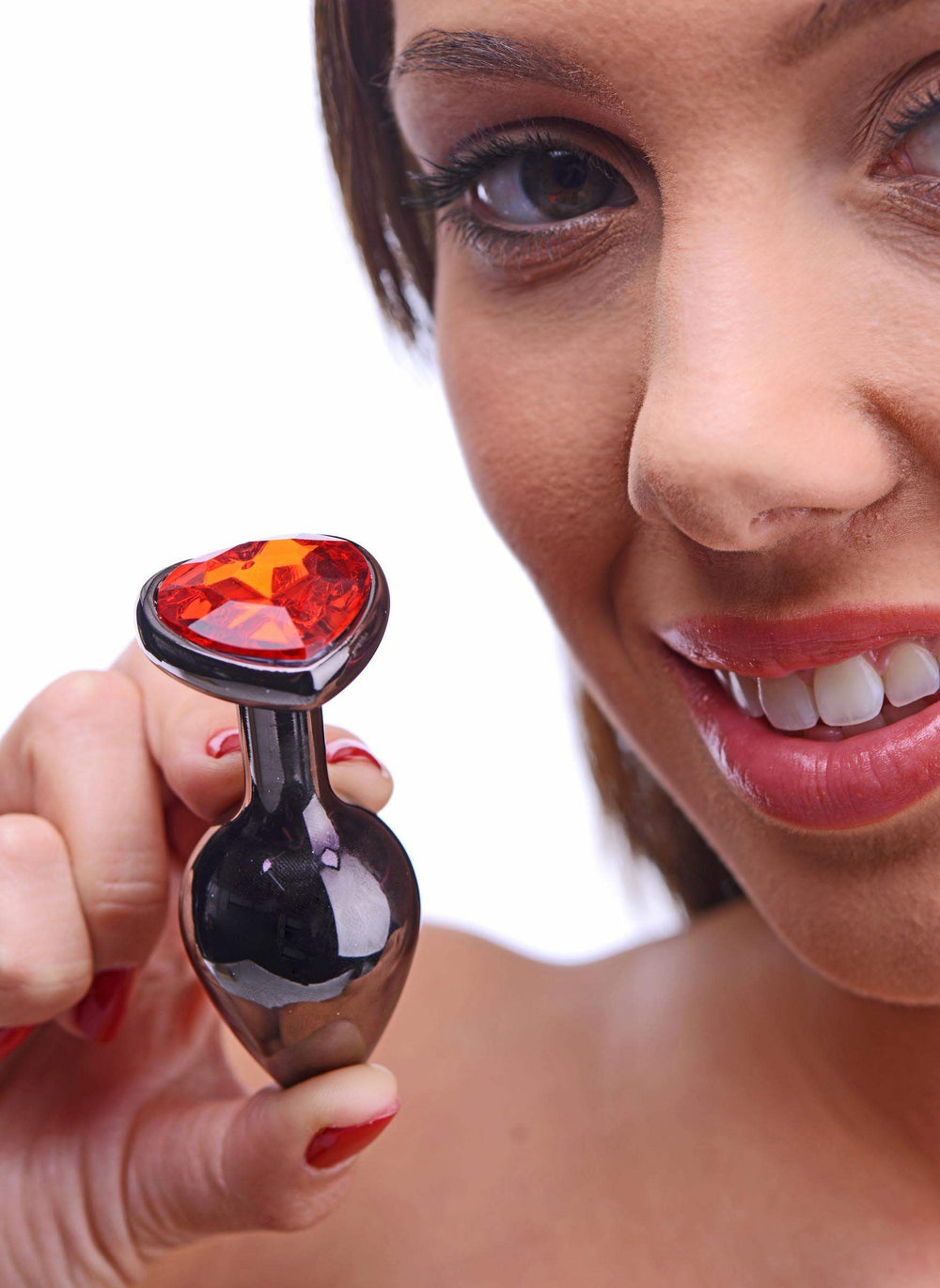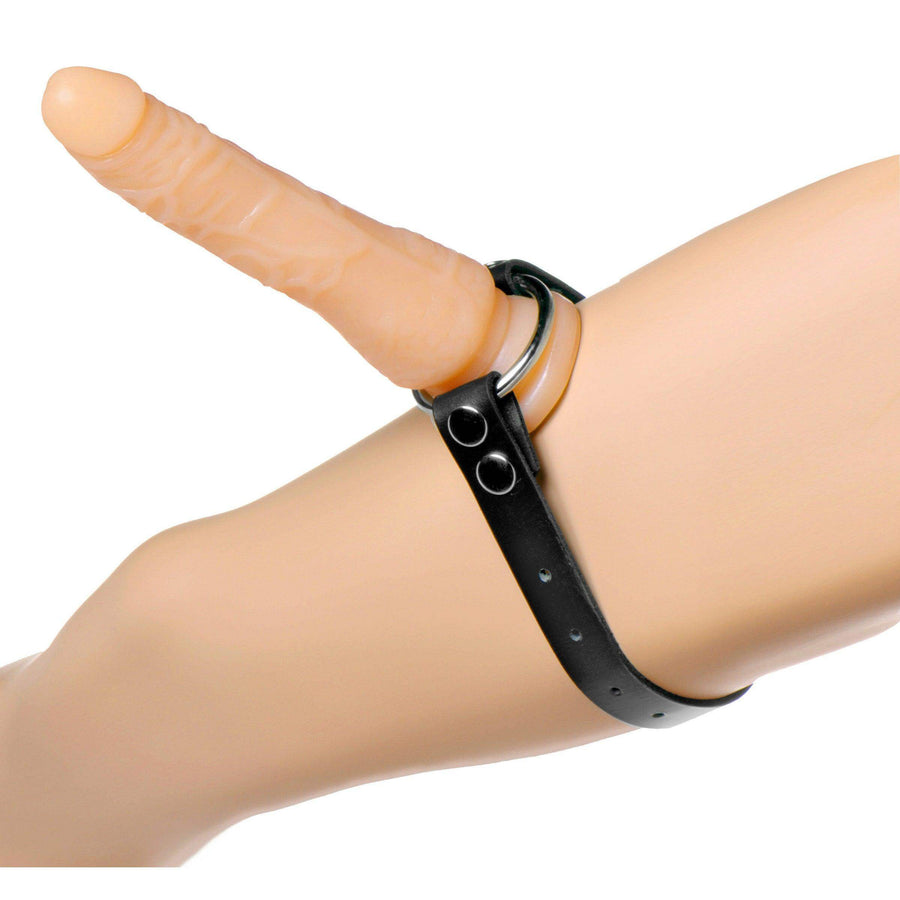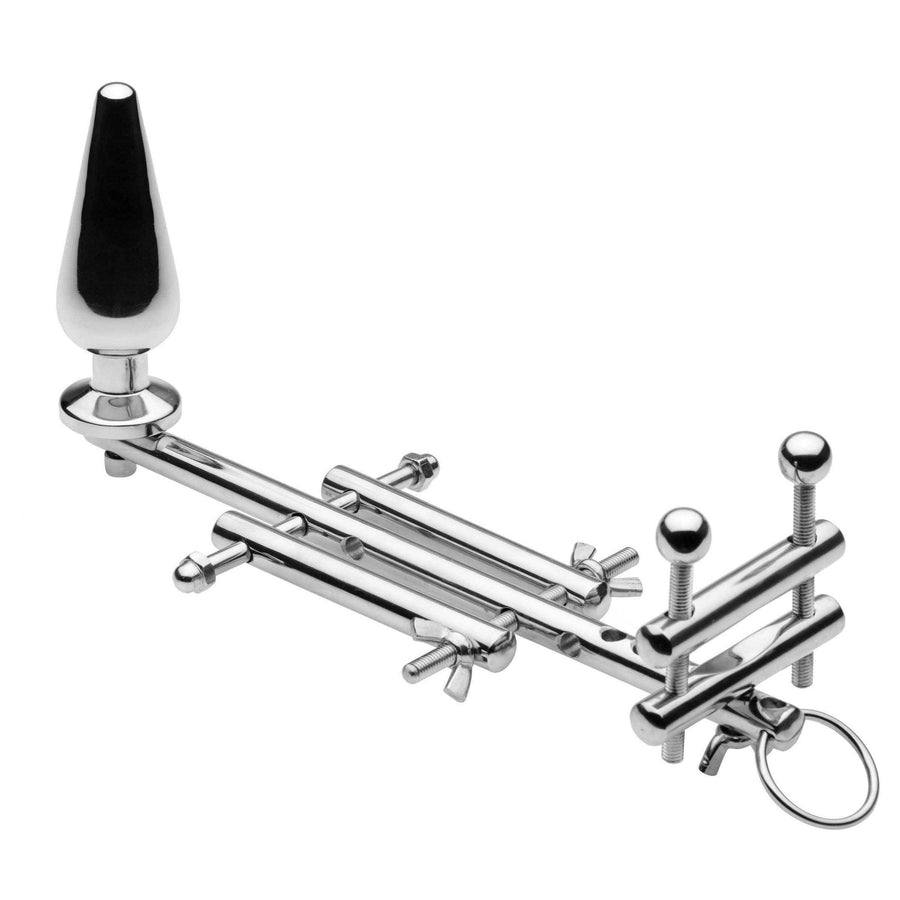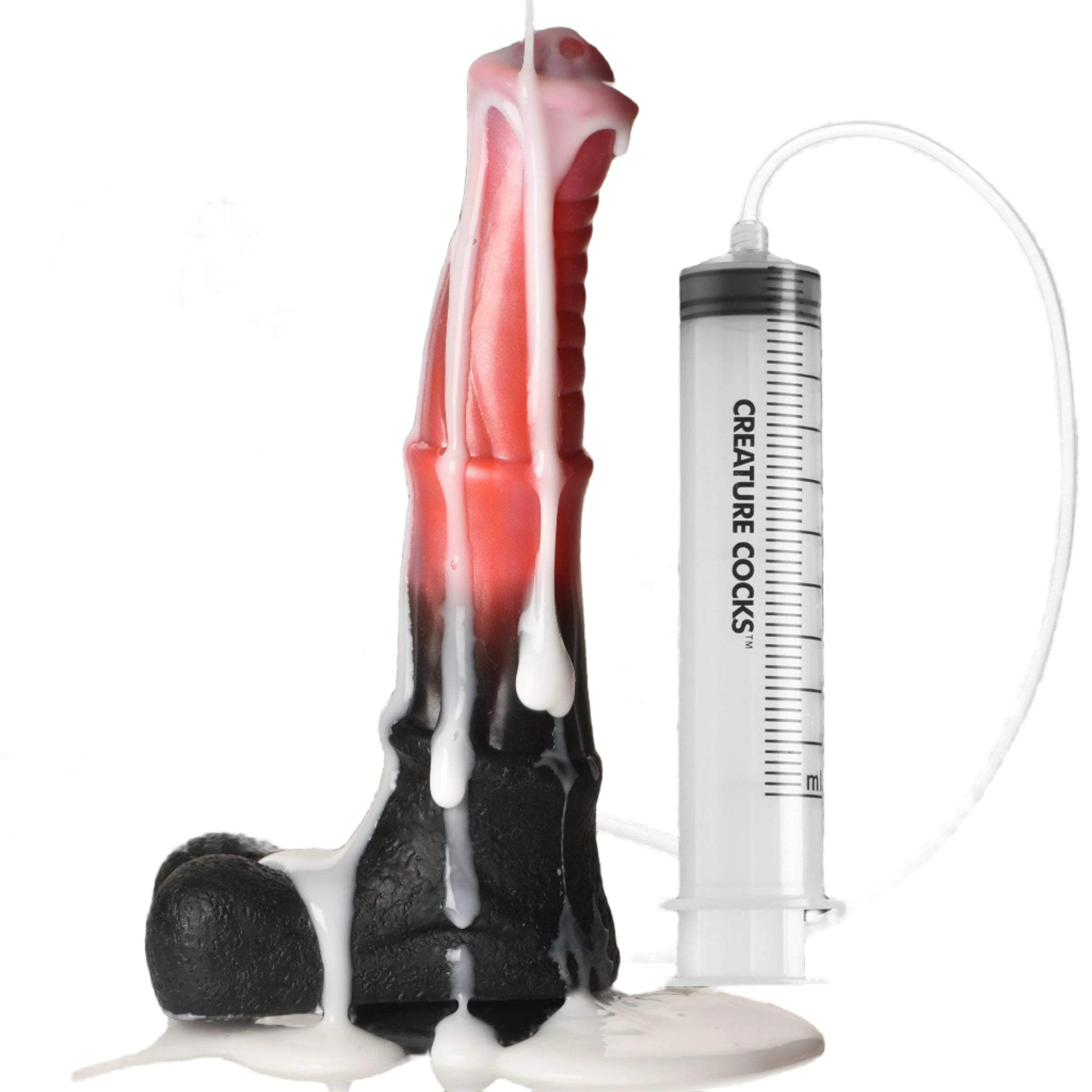BDSM for Beginners: Your Complete Safety & Consent Guide
Consent-first • Evidence-based • Beginner Friendly
BDSM for Beginners: Your Consent-First, Safety-Forward Guide
By Jacques Dupont-Smith • Updated September 25, 2025
Curious about power exchange and sensation play—but want to do it beginner friendly? This guide gives you the exact frameworks, language, and checklists to explore kink with clarity, care, and confidence to start with bondage basics.
Publisher: TheDildoHub — privacy-first, consent-first education
Education content. Not medical or legal advice. Play within your limits, stay sober, and prioritize aftercare.
We keep it ethical, practical, and accessible. Think: clearer boundaries, safer choices, better experiences—whether you’re solo, partnered, or exploring as a couple.
🎭 Your Discovery: Set Intentions Before You Play
Start with your why. The clearer your interests and concerns, the easier it is to negotiate safe, satisfying scenes.
- Which dynamics call to you— dominance & submission, switching, or sensual control?
- Are you exploring solo fantasies, partnered play, or both?
- What worries you most (privacy, safety, intensity, trust)?
- How familiar are you with safe words, check-ins, and aftercare?
🏛️ BDSM Foundations: What It Is—and Isn’t
The Spectrum of BDSM
BDSM spans Bondage & Discipline, Dominance & Submission, and Sadism & Masochism. You can love one slice and skip the rest—kink is à la carte, not a mandate.
Why Consent Makes It Ethical
Enthusiastic, informed consent—plus negotiated boundaries—separates BDSM from harm. Agreements are specific, revocable, and checked mid-scene.
“The hottest scenes are the safest ones—because consent and communication create real freedom.” — Jacques Dupont-Smith
Understanding Power Dynamics & Roles
Dominant
Guides, sets the pace
Switch
Enjoys both roles
Submissive
Yields control
If you like to switch, under-bed restraints keep scenes flexible.
No role is “better.” Choose what fits your temperament and fantasy. Roles can change over time—or within a single session.
Consent Framework: Safety That Turns You Both On
🛡️ Consent & Negotiation
Use explicit yes/no lists. Cover interests, limits, relevant health notes, privacy preferences, and aftercare before any play.
💬 Communication
Agree on language for desire and boundaries. Practice short mid-scene check-ins.
🎯 Progressive Exploration
Start light; escalate one variable at a time while monitoring comfort and consent.
⚖️ The Essentials
- green / yellow / red safe-word scale (use tap codes or object drops if speech is restricted) - see gags compared for non-verbal signaling
- Pre-scene negotiation: activities, limits, health notes, privacy rules, aftercare menu
- Mid-scene check-ins: eye contact, squeeze codes, brief pauses
- Aftercare planning: hydration, blankets, reassurance, time to land
Limits & Boundaries
- Hard limits: never okay
- Soft limits: maybe—with conditions
- Curious: want to learn or observe first
- Enthusiastic yes: excited to do
💬 Communication Skills: Say It So You Both Win
Vocabulary for Desire & Limits
Use concrete phrases: “I enjoy light impact to glutes, not kidneys,” “I want verbal dominance, not humiliation.” Specific beats vague.
Non-verbal Systems
When speech isn’t possible—like during mouth play or restraint—use mouth gags , tap codes, squeeze counts, or an object drop as safe, clear signals. Always agree on these systems in advance.
Negotiation as Foreplay
Plan the scene: roles, tone (sensual vs strict), attire, playlist, toys, aftercare. Anticipation is half the thrill.
Safety for First-Timers: Practical, Not Paranoid
| Safety Category | Beginner Practices | Risk Mitigation | Consider |
|---|---|---|---|
| Physical Safety | Start light; avoid neck, joints, kidneys; learn basic anatomy | Trauma shears; first-aid basics; sober play; use starter bondage kits | What training will you do first? |
| Emotional Safety | Trust building; clear boundaries; aftercare | Check-ins; debrief; repair plans | How will you reconnect after scenes? |
| Privacy & Discretion | Play in trusted spaces; confidentiality | Device privacy; code names; storage | What privacy matters most? |
| Legal Awareness | Know local consent laws; age verification | Written agreements; no-photo rules | Will you record or share? |
Start at Home: A Five-Step Path
- Fantasy & Communication: each share 3 fantasies; tag them green / yellow / red.
- Psychological Play: commands, role-play, eye contact, edging—no gear required.
- Sensation Play: scarf, ice, soft brushes; test on forearm first.
- Light Restraints: wide cuffs or under-bed straps; quick-release only.
- Expand Gradually: escalate one variable at a time; keep a scene journal.
🚫 Myths vs Reality
- Myth: BDSM = abuse. Reality: Ethics hinge on enthusiastic consent, not intensity.
- Myth: Kink lovers are “damaged.” Reality: Many report strong communication, trust, and relational well-being.
- Myth: It’s all pain. Reality: Plenty of kink is sensual, playful, or purely psychological.
Frequently Asked Questions
Is BDSM safe for complete beginners?
Yes—when you negotiate clearly, use safe-word systems, start light, and plan aftercare.
How do I bring up BDSM with my partner?
Lead with curiosity and respect. Share this guide, discuss boundaries, and agree to no pressure, ever.
What are the most important safety rules?
Play sober; avoid risky anatomy; establish safe words; escalate gradually; debrief and aftercare.
Can we explore without expensive gear?
Absolutely. Psychological play, simple restraint, and household sensations are powerful entry points.
About the Author
Jacques Dupont-Smith is The Dildo Hub’s bondage expert. He teaches negotiation, anatomy-aware safety, and aftercare planning so beginners build trust and confidence from day one—across femdom, strap-ons, latex, and impact play.
References
Further reading on consent frameworks, beginner safety, and aftercare checklists from reputable education sources.
- Consent & communication primers for intimate contexts.
- Risk-aware play overviews and first-aid basics.
- Emotional aftercare and scene debrief templates.

























Leave a comment